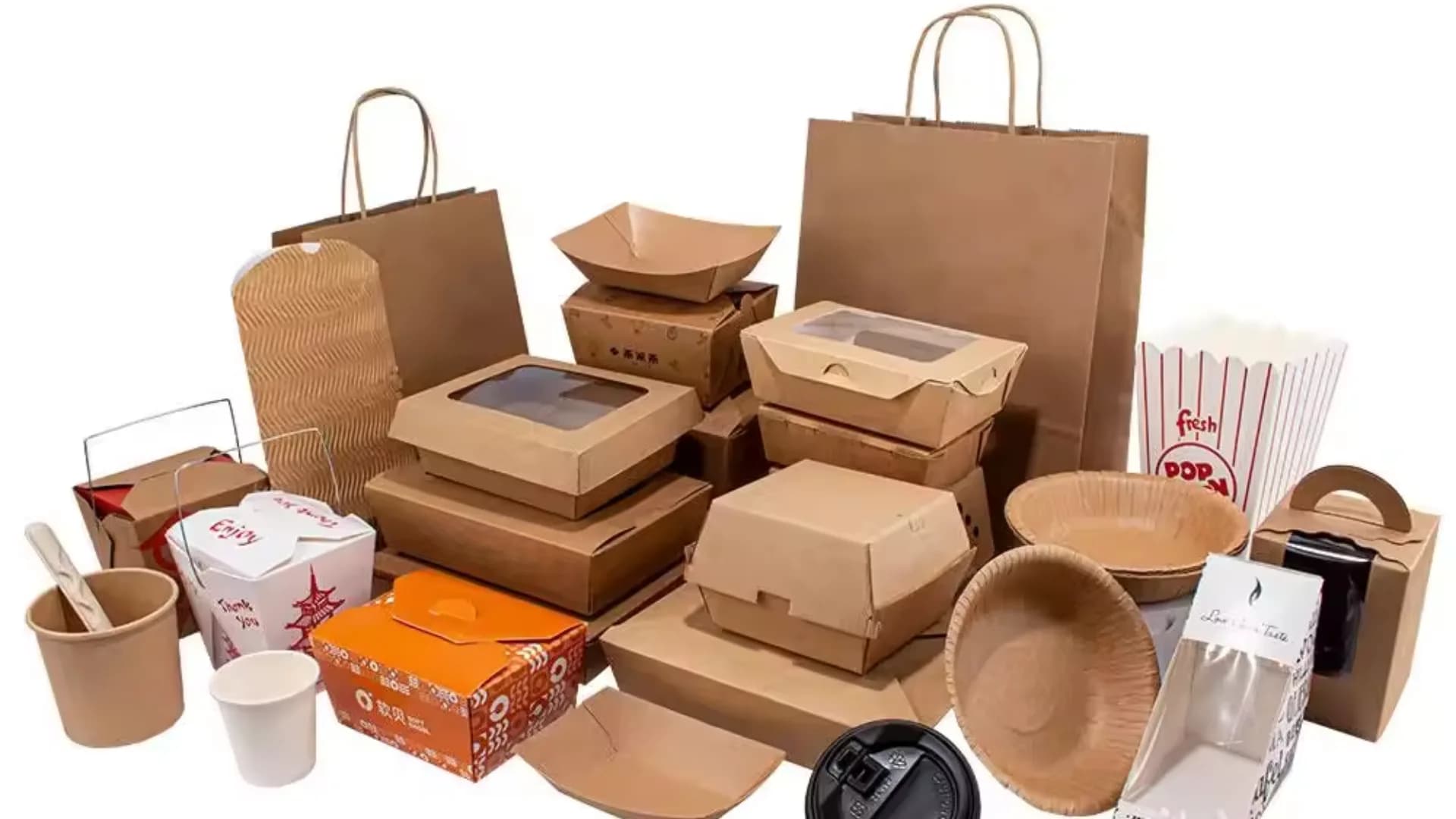The Saudi Arabia foodservice packaging market is projected to grow from USD
611.10 million in 2024 to USD 1,104.76 million by 2033, reflecting a compound
annual growth rate (CAGR) of 6.10%. Growth is driven by the surge in food
delivery and online ordering services, increasing demand for convenience foods,
and strong sustainability initiatives aligned with Saudi Vision 2030.
Saudi Arabia Foodservice Packaging Market Overview
As reported by IMARC Group on November 4, 2025, in their
publication titled Saudi Arabia Foodservice Packaging Market: Industry
Trends, Share, Size, Growth, Opportunity and Forecast 2025-2033, the market
reached a value of USD 611.10 million in 2024. It is forecast to nearly double
to USD 1,104.76 million by 2033, exhibiting a CAGR of 6.10% during the period
from 2025 to 2033.
The growth is largely influenced by the rapidly expanding
food delivery services and online ordering platforms across the Kingdom. According
to data cited by IMARC Group, the number of food outlets increased from 77,431
in 2017 to 84,596 in 2023 and is expected to reach 90,791 by 2025, reflecting
burgeoning opportunities for foodservice packaging providers.
Rising Demand for Convenient and On-the-Go Foods
The IMARC report highlights that the market is propelled by
urban lifestyle changes and a growing working population demanding ready-to-eat
(RTE) meals. Saudi Arabia's convenience food sector is projected to reach USD
7.3 billion by 2033. This demand is driving the innovation of single-serve
packaging, resealable containers, and tamper-evident designs that maintain
freshness during transportation and support sustainable packaging practices.
Expansion of the HoReCa Segment
Over 54% of the foodservice packaging market share is
attributed to the HoReCa (Hotel, Restaurant, and Cafe) sector. This growth is
bolstered by Vision 2030's substantial investments in tourism and hospitality
as well as the proliferation of international restaurant chains and cloud
kitchens, which require advanced packaging solutions suited for delivery
logistics, as noted by IMARC.
Technological Innovations and AI Integration in Packaging
IMARC Group details the transformative role of artificial
intelligence (AI) in reshaping the packaging industry:
- Design
and Material Optimization: AI algorithms enable intelligent material
selection and structural design improvements, reducing packaging material
costs by 15-20% while ensuring food protection and environmental
sustainability.
- Quality
Control Enhancements: Machine learning-based vision systems improve
defect detection and compliance monitoring, boosting food safety standards
by 35-40% and adhering to halal certification and international
regulations.
- Supply
Chain Efficiency: AI-driven analytics optimize demand forecasting and
inventory management, cutting storage costs by 20-25% and enhancing
real-time coordination between manufacturers, distributors, and delivery
platforms.
- Smart
Packaging Solutions: AI-integrated IoT sensors and smart labels
provide real-time temperature monitoring and freshness indicators,
extending shelf life by 30% and enhancing consumer engagement.
- Sustainable
Production: Automation supports predictive maintenance, energy
management, and waste reduction, lowering energy consumption by 20-30% and
facilitating the shift towards biodegradable and recyclable materials, in
line with Saudi Arabia's circular economy goals.
Environmental Sustainability and Regulatory Support
Environmental concerns are a significant factor influencing
market growth. Paper-based packaging holds a dominant 56% share of disposable
foodservice packaging formats and is expected to grow at 7% annually between
2024 and 2029. This trend reflects increasing adoption of biodegradable,
recyclable, and compostable materials by industry players.
For instance, new entrants like the Saudi-based company
Cupable, launched in 2024, are addressing the mounting need for sustainable
solutions in the food and beverage sector. Additionally, government
initiatives, such as the May 2025 Memorandum of Understanding with packaging
firm Sidel, aim to achieve 20% energy savings and reduce CO2 emissions by 51
tonnes, underscoring the Kingdom’s commitment to eco-friendly packaging
solutions.
Market Segmentation and Packaging Trends
According to a December 2024 report by Research and Markets
on Saudi Arabia Foodservice Disposable Packaging:
- Disposable
food containers and tubs, made from plastic, paper, and aluminium,
dominate the market due to their convenience, hygiene benefits, and cost-effectiveness.
- The
number of food outlets is projected to approach 91,000 by 2025, amplifying
demand for these single-use packaging solutions.
- The
convenience factor is key, as disposable containers eliminate the need for
washing, optimize storage through stackable designs, and maintain hygiene
by significantly reducing cross-contamination risks.
- The
rise of dining out, takeaway, and online delivery services propels the
growth of disposable tubs and containers, particularly in full-service
restaurants and fast-food establishments.
Broader Packaging Market Context
The foodservice packaging market is a segment of the wider Saudi packaging industry, which was valued at USD 11.2 billion in 2024 and is forecast to reach USD 16 billion by 2033, growing at a CAGR of 4.02% as reported by IMARC Group in September 2025. This overall packaging market growth is propelled by the surge in e-commerce sales, with retailers investing heavily in logistics and robust packaging solutions.
The Saudi Arabia foodservice packaging market is positioned for robust growth through 2033, driven by technological innovation, increasing demand for convenience foods, expanded foodservice outlets, and sustainable practices aligned with the Kingdom’s Vision 2030 objectives. Advancements in AI-powered packaging design and smart packaging, coupled with government-backed sustainability initiatives, will continue to shape and expand this dynamic market.
